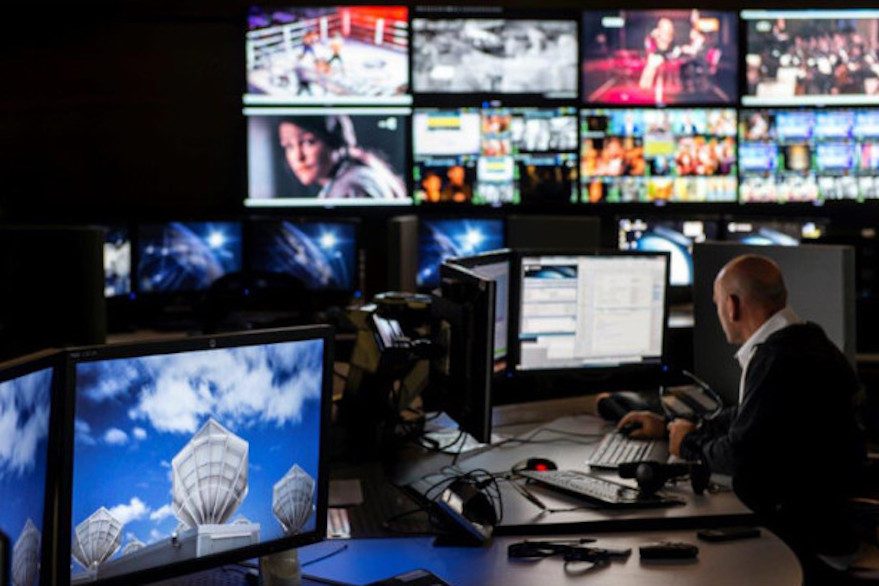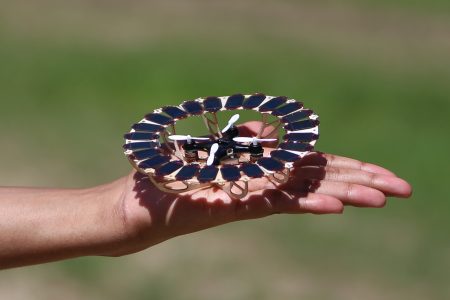WASHINGTON — The Center for Strategic and International Studies released its annual Space Threat Assessment report April 17. Analysts used public information to study developments in space weapons and trends affecting U.S. national security space systems.
The report shows the increasing anti-satellite capabilities of other countries, especially China and Russia, and the world’s growing dependence on space-based systems for important services. The report also highlights the rising vulnerability of both civilian and commercial space systems, not just to traditional “counterspace” weapons but also to cyberattacks and espionage.
New achievements
Over the past year, countries like China, North Korea, Iran, India, and Japan have achieved new milestones in space, such as record-setting launches, satellite deployments, and lunar missions, as stated in the CSIS report. While not all of these advances involve counterspace weapons, they demonstrate steady progress in developing the fundamental capabilities to support civilian and military systems.
The report points out how commercial space services, from remote sensing to satellite connectivity, are increasingly playing a noticeable role in global conflicts, putting space business leaders in the geopolitical spotlight. Examples from Ukraine, Israel, and Gaza demonstrate how these technologies are being utilized by all parties.
According to past CSIS assessments, there is a pattern indicating the normalization of certain counterspace activities that were previously uncommon, noted the study. While the use and testing of kinetic weapons that create space debris remains rare, cyberattacks, jamming and spoofing activities, and unfriendly behavior in space have now become common and rarely provoke an escalatory or retaliatory response. These activities have become normalized.
Cyber attacks
Aside from espionage to obtain information on space and aerospace technologies, cyber threat actors are likely targeting space systems because space capabilities support crucial national capabilities, such as telecommunications, as explained by CSIS analysts.
Both China and Russia are operating satellites aimed at better understanding high-value U.S. government satellites. Russia has at least two satellites in geostationary orbit that likely have an espionage mission but may also serve other functions, according to the study. Meanwhile, China has tested technologies and procedures for using grappler satellites in GEO. These developments are worrying and will likely continue in the future.
The study describes the widespread efforts to disrupt global navigation satellites, with many regions experiencing the effects of jamming and spoofing. These efforts aim to deny access to GPS and other systems within a certain area on Earth rather than disabling an entire constellation. These jamming and spoofing efforts can endanger public safety, affecting civilian and commercial activities in conflict zones.
The report contains information about the military space abilities of several countries including China, Russia, India, Iran, North Korea, Australia, France, Israel, Japan, South Korea, the United Kingdom and non-state actors. The report from CSIS complements the annual space threats study published by the Secure World Foundation. The Secure World Foundation also publishes an annual space threats study.
More interference and trickery
Clayton Swope, the main writer of the report and a senior fellow at CSIS’ International Security Program stated that no destructive test of anti-satellite weapons has taken place since 2021 when Russia exploded one of its spacecraft in low Earth orbit. However, Swope warned that countries should not become too comfortable because other non-physical activities are increasing.
Swope mentioned, “At first glance it might seem that threats to space are decreasing. But other threats such as GPS interference and trickery, cyber attacks, and unfriendly actions by Russian and Chinese satellites are becoming more frequent.”
Swope added, “The main point is that it's not necessary to destroy a satellite in order to prevent the use of space. There are other ways, and some of those other ways are happening more often.”
“When we started our research, I was surprised at how many activities to interfere with space happen right in front of us,” said Swope.









